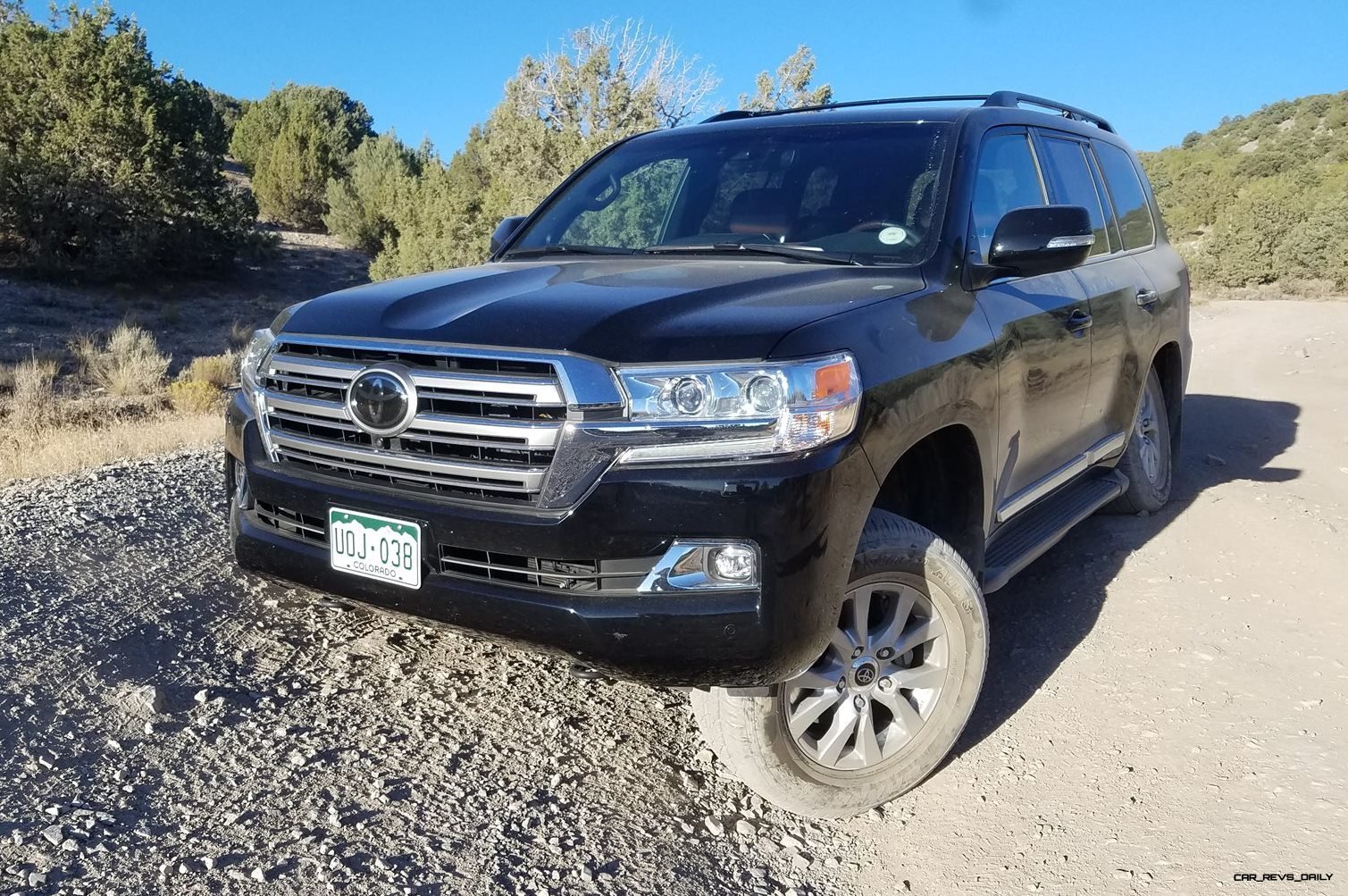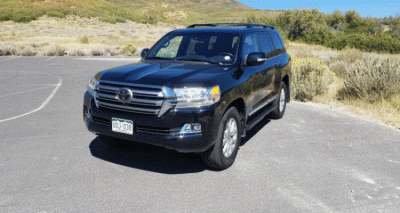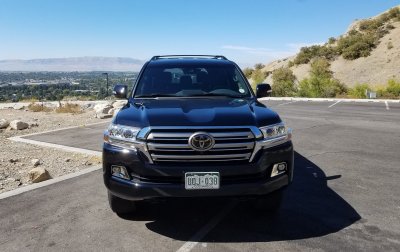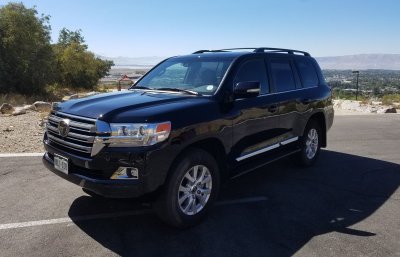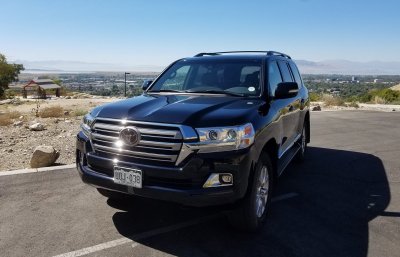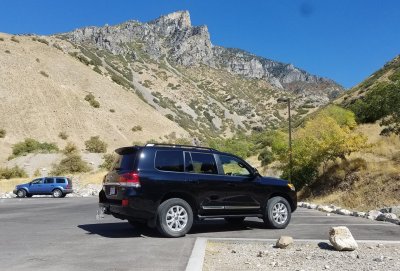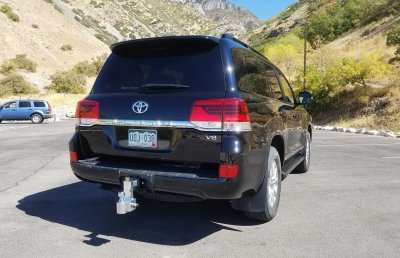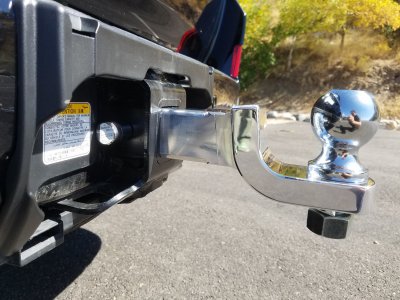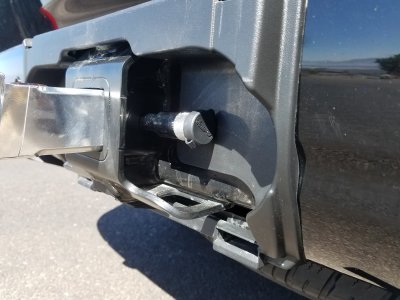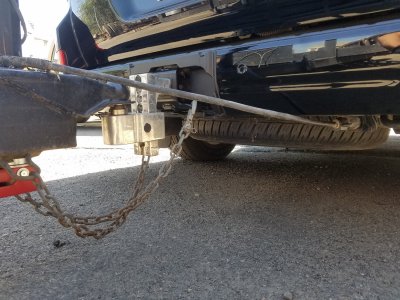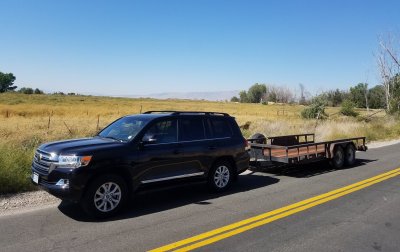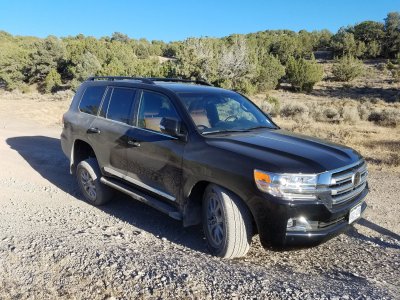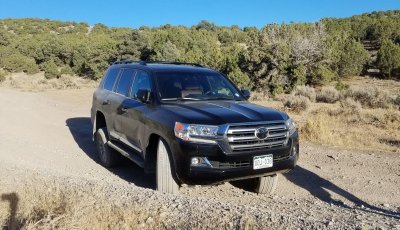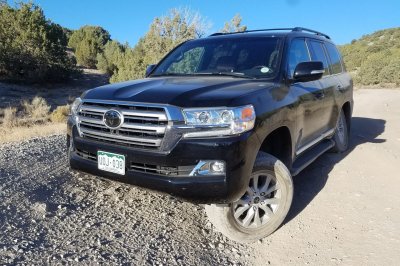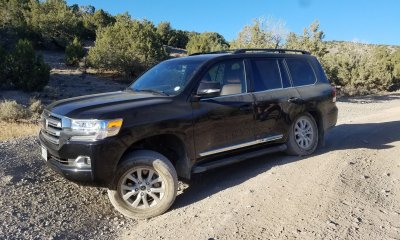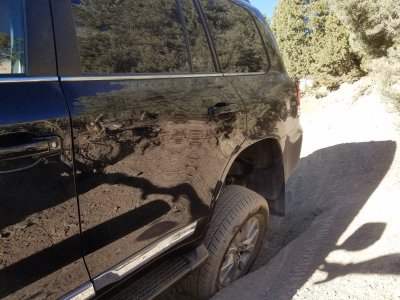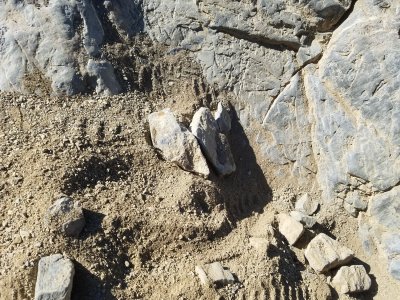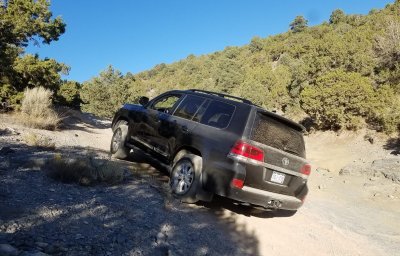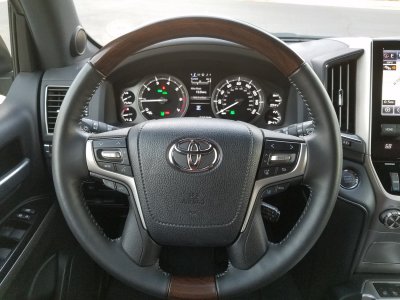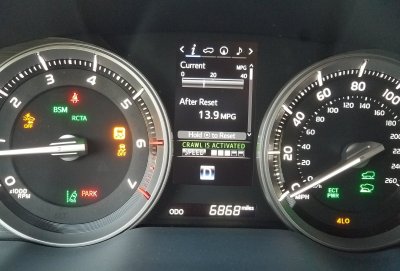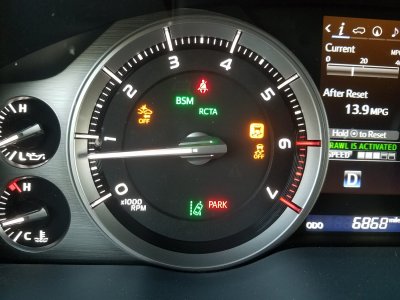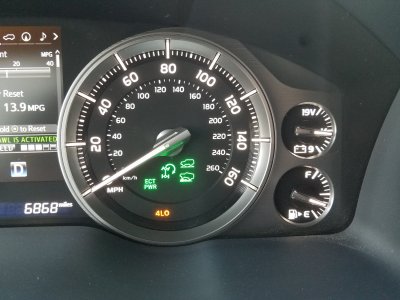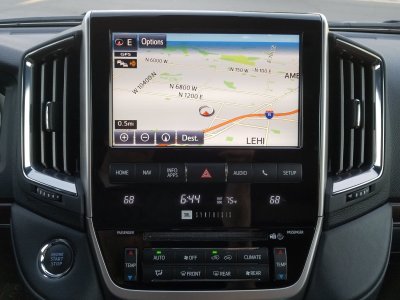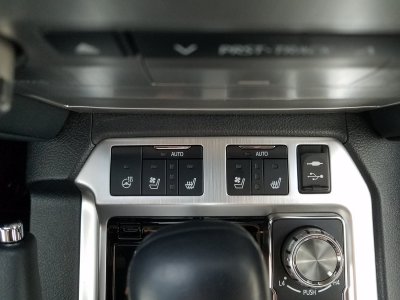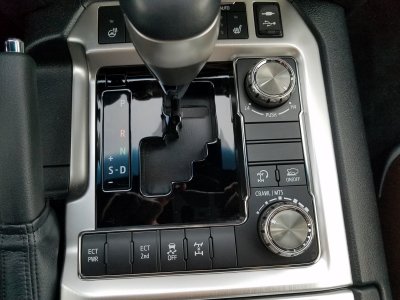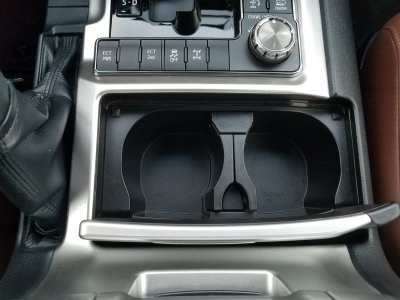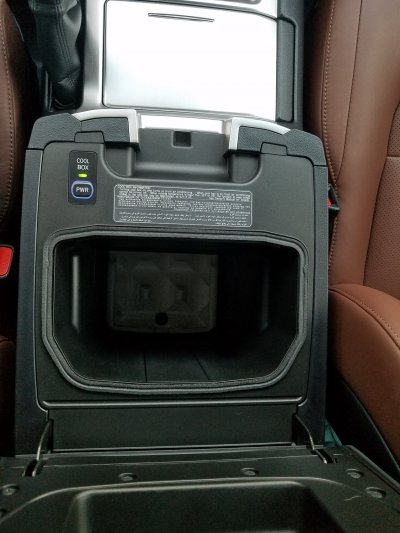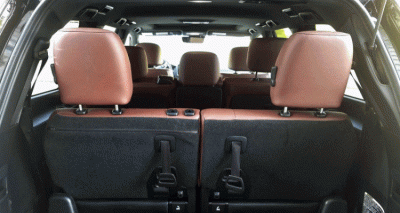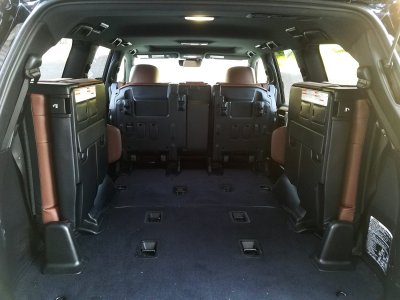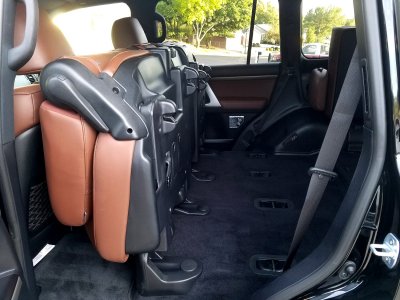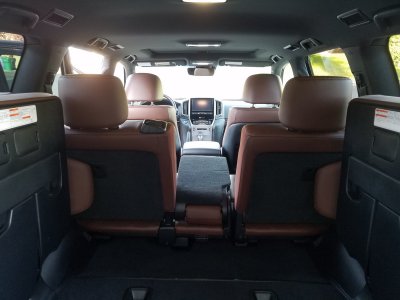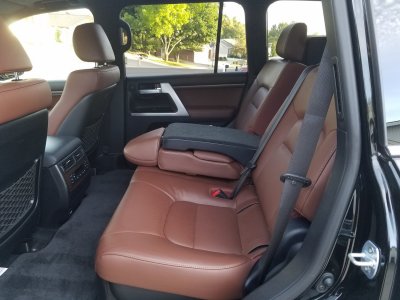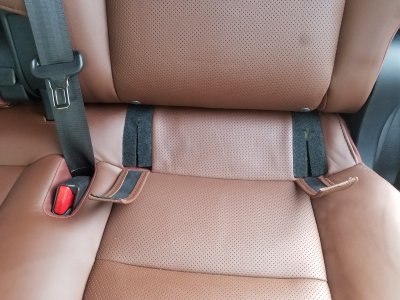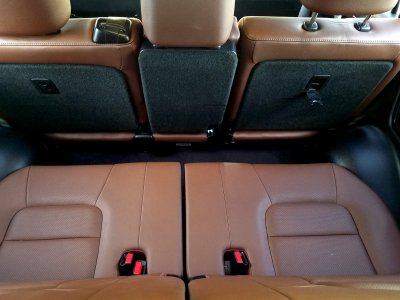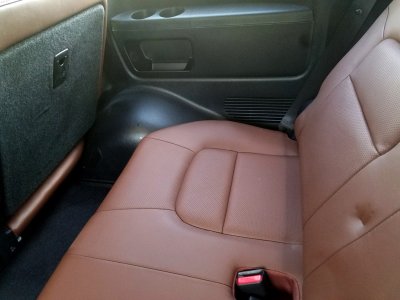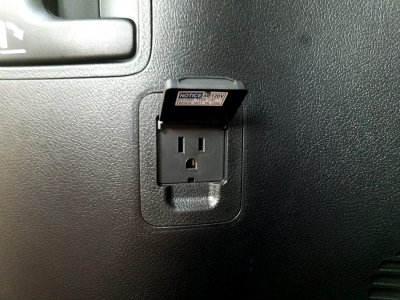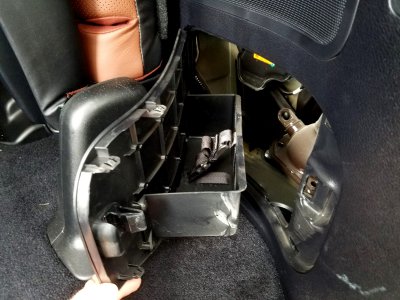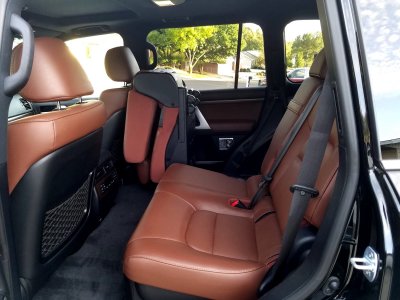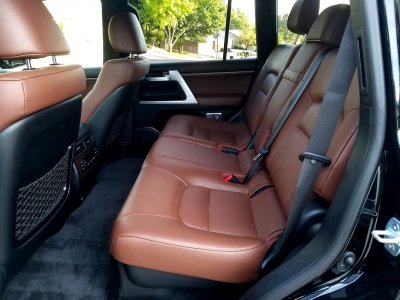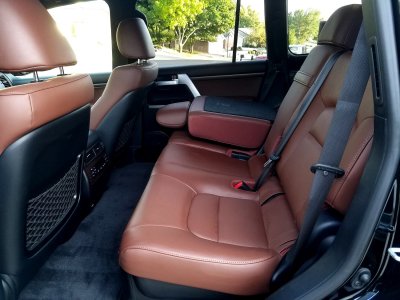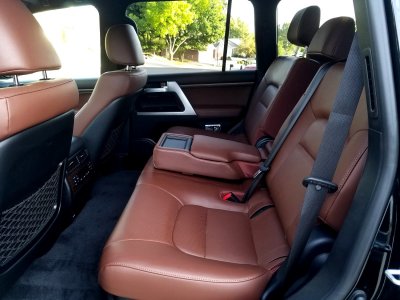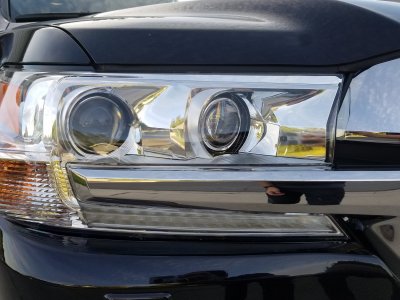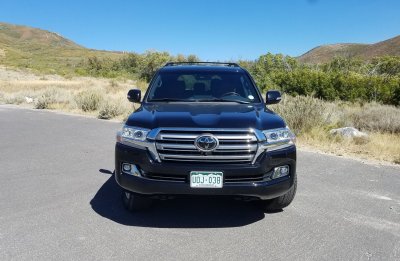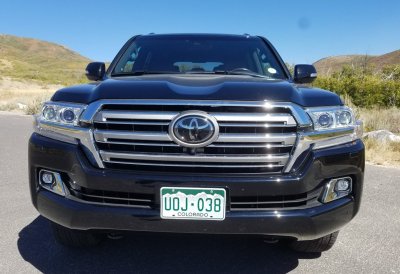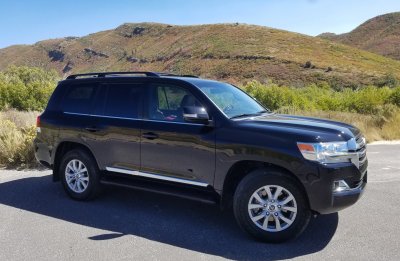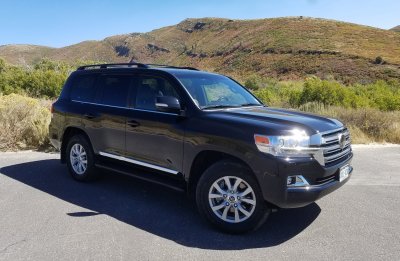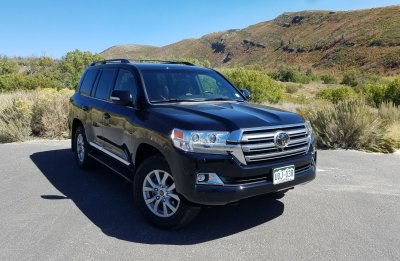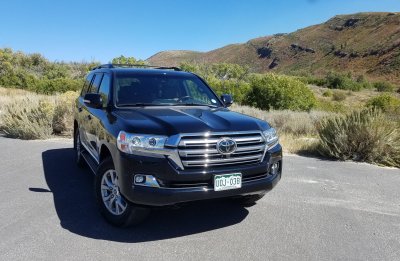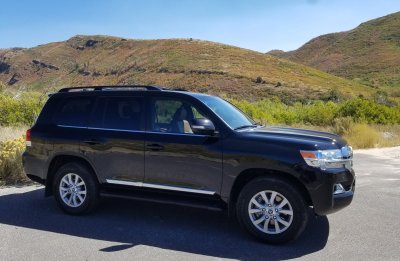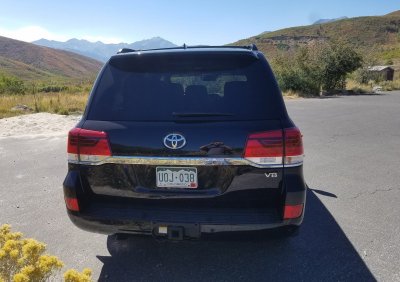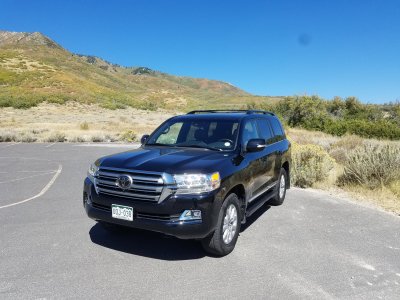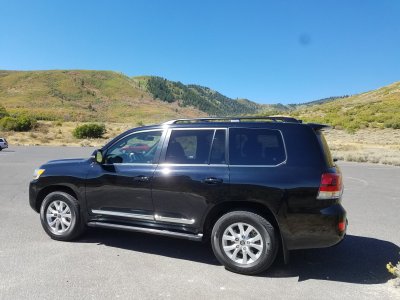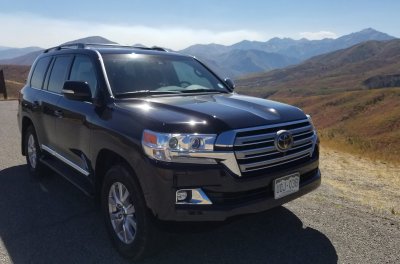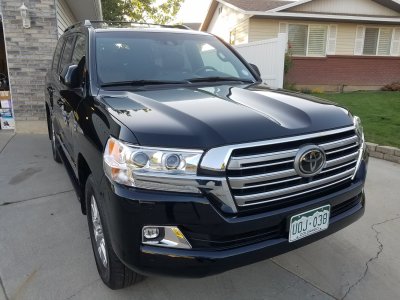The Toyota Land Cruiser has a loyal global following, and for good reason. It is one of the most reliable, longest lasting vehicles in automotive history.
Cruisers are lauded as the ultimate overlanding vehicle. There are many different variants sold throughout the world, but here in the United States, we get one model with one trim level, and only one available option package. Unless you account for the Lexus LX570, which offers a few more features and a more luxurious interior.
To test the capability of the Land Cruiser, we decided to head into the desert hills to see what it could do when driven on rough off-road trails. No longer the bare bones utilitarian vehicle of its past, the Land Cruiser is now a luxury vehicle for a premium price. At nearly $85,000 it doesn’t ride as smooth, stay as flat in the corners or accelerate as fast as it’s competitors. When it comes to off-road traction and long-term durability though, it far exceeds its class norms.
This becomes obvious just by looking at the Land Cruiser compared to the competitors. The ground clearance, ride height and 18-inch rims, which are small for this class of vehicle, all indicate that this could be a solid off-roader.
To help it be nimbler and provide better traction off-road, the Land Cruiser is equipped with many features.
The first is the powerful 5.7-liter V8 putting out 381 HP and 401 ft-lb of torque, which is needed to move this 3 ton beast. It has a 2-speed transfer case with an electronically locking center differential, Crawl Control, Off-road Turn Assist, Multi-terrain Select, KDSS (Kinetic Dynamic Suspension System) and Multi-terrain Monitor. Crawl Control is basically off-road cruise control that keeps the vehicle moving at a constant speed while using the traction control system to transfer power to the wheels with traction.
Off-road Turn Assist will apply the brake to the inside rear wheel, decreasing the turn radius. Multi-terrain Select adjusts the traction control system to provide the best traction given the terrain that is being driven on. KDSS uses a hydraulic system connected to the sway bar to help keep the Land Cruiser flat when cornering and to provide better articulation when needed. Lastly, the Multi-terrain Monitor provides different camera views and an inclinometer for both slope and side angle.
How did all these systems actually do in an off-road environment? The answer in short is quite well despite having pavement-oriented Dunlop Grandtrek AT 23 tires. While the Multi-terrain Monitor did a good job of showing what was around the vehicle, it wasn’t easy to see the depth or height of the obstacles.
This made it difficult to know if the very low side steps would be crushed on a rock, but it kept us from driving into the bushes or over the edge of a ravine. Crawl Control worked as advertised, but we found it more comfortable and easier to pass obstacles by controlling the throttle on our own. We found Multi-terrain Select to work quite well in providing the right amount of traction control and wheel spin for the selected terrain.
While we didn’t need Off-road Turn Assist on the trail, we did test it out on flat ground with a dirt surface and found that it reduced the turning radius by about 18 inches. Tight turns are also where having the electronically selectable center differential lock comes into play. Many vehicles automatically lock the center differential when placed into 4wd low. Having the center differential locked greatly increases the turning radius by allowing the rear wheels to spin more than the front wheels.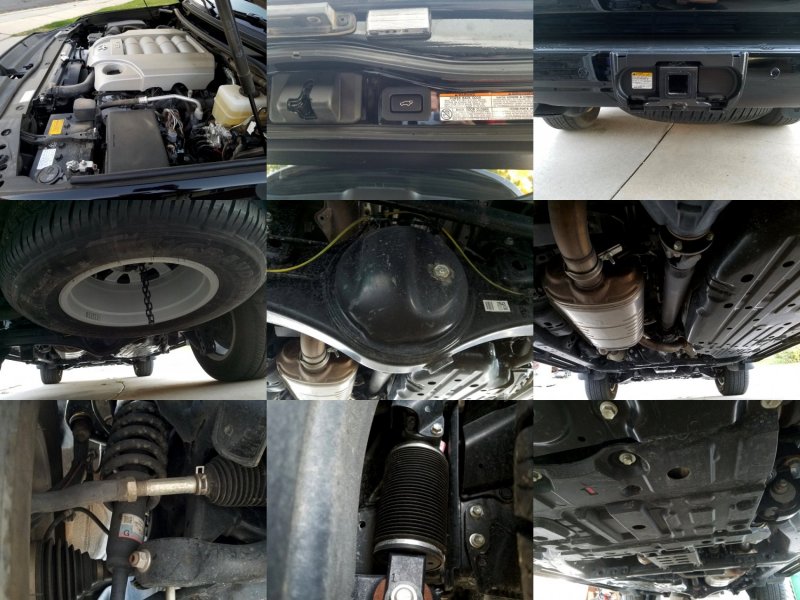
For our flat ground tests, having the center differential locked increased the turning radius by 2 feet over having the differential unlocked, and by more than 3.5 feet when compared to using Off-road Turn Assist. Finally, we come to KDSS.
On-road, the Land Cruiser would still lean a bit in the corners, and I’d hate to see what it would have been like without KDSS, but off-road, the KDSS truly shined. The amount of articulation was impressive for a factory stock vehicle with independent front suspension.
Despite all the technology and off-road features, we were unable to complete our technical trail due to the low clearance of the side steps. If we were purchasing a land cruiser for our own use we would replace the steps with slider steps, install more aggressive tires and possibly add a small lift to increase the approach, departure and breakover angles and to fit larger tires.
On the inside, the Land Cruiser is very nicely appointed with heated and cooled leather seats, heated steering wheel, a cooled box in the center console, adaptive cruise control, lane keep assist, wireless phone charging, 4 zone climate control and a 120-volt outlet in the rear. It handles the bumps, both off-road and on, very well. The cabin remains quiet at highway speeds, and the engine provides plenty of power. Ultimately, it made getting to the trail, driving the trail and returning home a very comfortable experience.
While it provides for plenty of room for passengers, hauling cargo is a different story. The third-row seats are not easily removed (requires unbolting) and when folded up, still take up a lot of room. For a vehicle this large on the outside, we expected there to be more room on the inside. One feature that we loved, which is almost extinct in modern SUVs, was the tailgate. It still has a liftgate for the top portion of the rear access that will provide protection from the elements when loading the gear into the vehicle, but the bottom portion is a small tailgate that can be used for everything that a truck tailgate can. It even has a couple of storage boxes inside of it for a little extra storage.
Overall, we can see why the Land Cruiser is a favorite of the spare no expense adventurer who spends significant time traveling off-highway. It’s smooth, comfortable and quiet in any environment, but lacks the on-road prowess, performance and comfort of the Mercedes GLS or Cadillac Escalade.
As a tow vehicle it has quirks, like having the 7-pin connector hidden way too far away from the receiver and having difficult access to put the clip into the hitch pin. Despite those issues, the heavy vehicle and powerful engine make it a good vehicle for towing the family’s toys. It is a vehicle with a purpose, and if you don’t fall into that purpose you won’t be able to understand why anyone would purchase one. For those who do understand, nothing else will do.
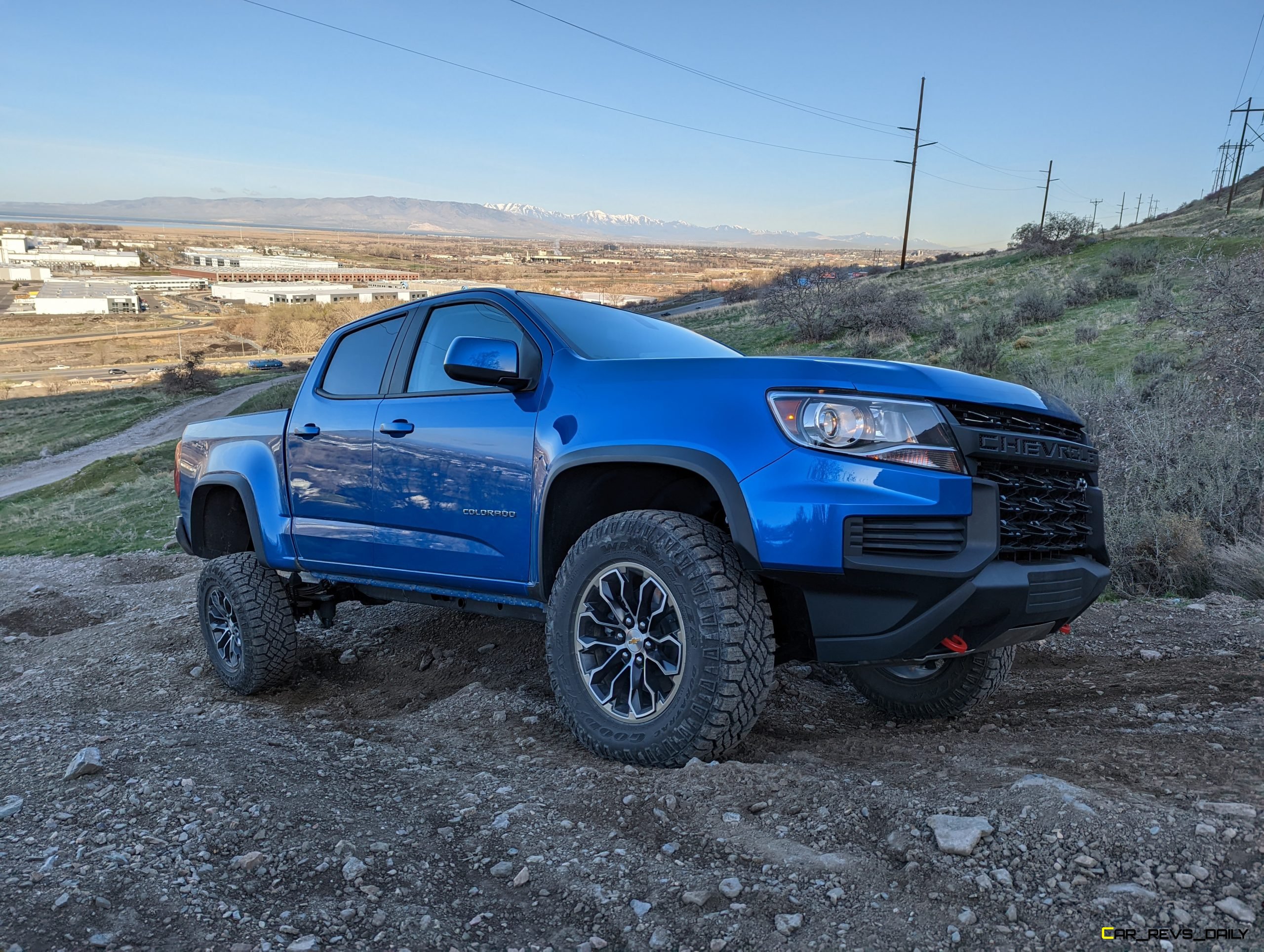
Matthew Barnes is an experienced towing expert. He works as a mechanical engineer and his day job involves testing a variety of vehicles while towing trailers of all types and sizes. Matt shares his knowledge by writing for automotive news outlets in the evenings. When he’s not working he can be found spending time in the great outdoors with his family. He enjoys camping, hiking, canyoneering, and backpacking. Whenever possible he spends time riding in or on any power sports vehicle he can find and claims he can drive anything with a motor, which probably isn’t true.
Matt lives in the Utah mountains and often posts cool off-roading videos to his Instagram and YouTube channel.

